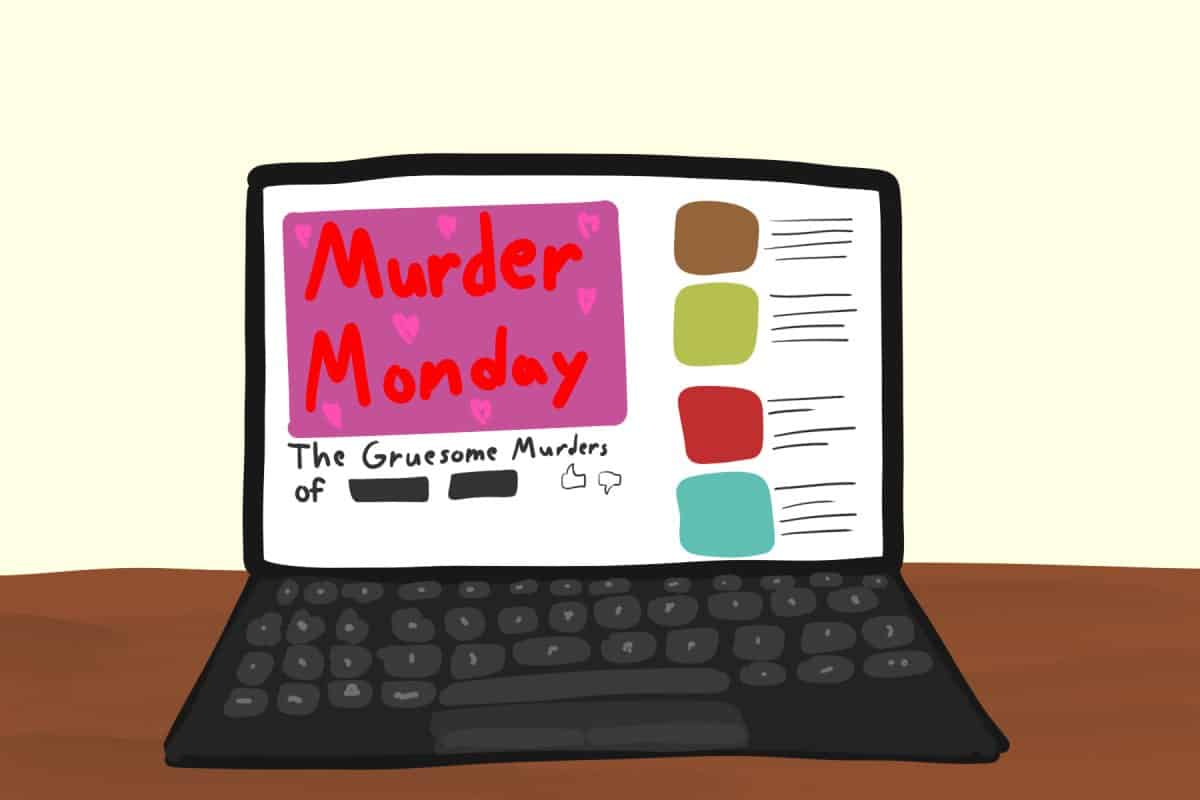We all come into college with long and short-term goals. Whether I am merely trying to get my laundry done and run over to Publix for groceries or I am researching ideal internships for my next two summers as an undergraduate, this time in my life constantly proves to be a relentless series of goal setting and hopefully goal achieving. Most students’ ambitions and top priorities while getting their higher education overlap, for it is safe to say a majority of young adults want their ideal college education to end with a solid career. Although this notion of establishing career options is what primarily motivated me to attend a university, upon coming to school I have uncovered another crucial objective for studying at The University of Alabama: managing the transition into adulthood and independence. As a part of that transition, becoming comfortable with handling money and the responsibilities that come with it are now at the forefront of my list of goals.
An area of transition that college students all across the United States often struggle with is the shift towards financial independence. For many, this is where we learn the pros of budgeting. With that being said, college is also where young adults get first-hand experiences with the serious cons of not budgeting. The career that constitutes our ultimate long term goal, is a fair indication that from here on out we have a lifetime of budgeting to look forward to. Despite an individual’s eventual success or lack-there-of, budgeting can be a make-or-break skill for everyone, and college is a perfect place to get acquainted with this necessary life skill. Wells Fargo recognizes the initial struggle for undergrads to get a grip on stable budgeting practices, and in an online article, they offer a concise yet profound list of tips in which I feel inclined to share with the my fellow first-time college budgeters.
Wells Fargo’s first tip got me started on asking for printed receipts: “Tracking your spending”. This seemingly obvious tip is often ignored by people who are just learning to budget, but last year I was without a doubt ignoring the Chipotle receipts and only keeping track of larger purchases such as books. I now know that the twelve dollar Chipotle bills do in fact add up to a large chunk of change, and I try to avoid saying things like “Chipotle doesn’t count, I need to eat.” Cooking a homemade burrito bowl sometimes can be the fiscally responsible way to make sure you really can afford the amount of Chipotle you’re buying each year. Moral of the story, the lots of smaller bills do snowball into a huge part of your budget, and thus, it helps to keep track of them in order to manage them.
The way that Wells Fargo suggests you accurately know just how much you can go to Chipotle, spend on housing or spend on education is to “Make a list of your income and expenses.” This is a process they describe as creating a “money map” of sorts. Suggesting that students start off listing their monthly allowance or income and then making a spending log to break down your spending into categories and levels of necessity. This helps make clear lines as to how much your bank account can really afford a night out. This process of, “Doing the math” is listed as the third tip that Wells Fargo has to offer. The calculations of income and expenses allow you to identify the areas that could use less spending and the areas that could use more saving, for example, spring break this year.
Life obviously gets crazy and unpredictable, especially when you’re a student in college, which is perhaps why many of us struggle through learning the sticky process of budgeting. Acknowledging that things can and will come up to change your budget is the last key to this guide by Wells Fargo. If students record when financial situations change and they, “Revise and adjust” their budget on a regular basis, or merely take the time to think about the effects of changes and act accordingly, life will be much easier in the long run.
Anna Scott Lovejoy is a sophomore majoring in general business and biology. Her column runs biweekly.








